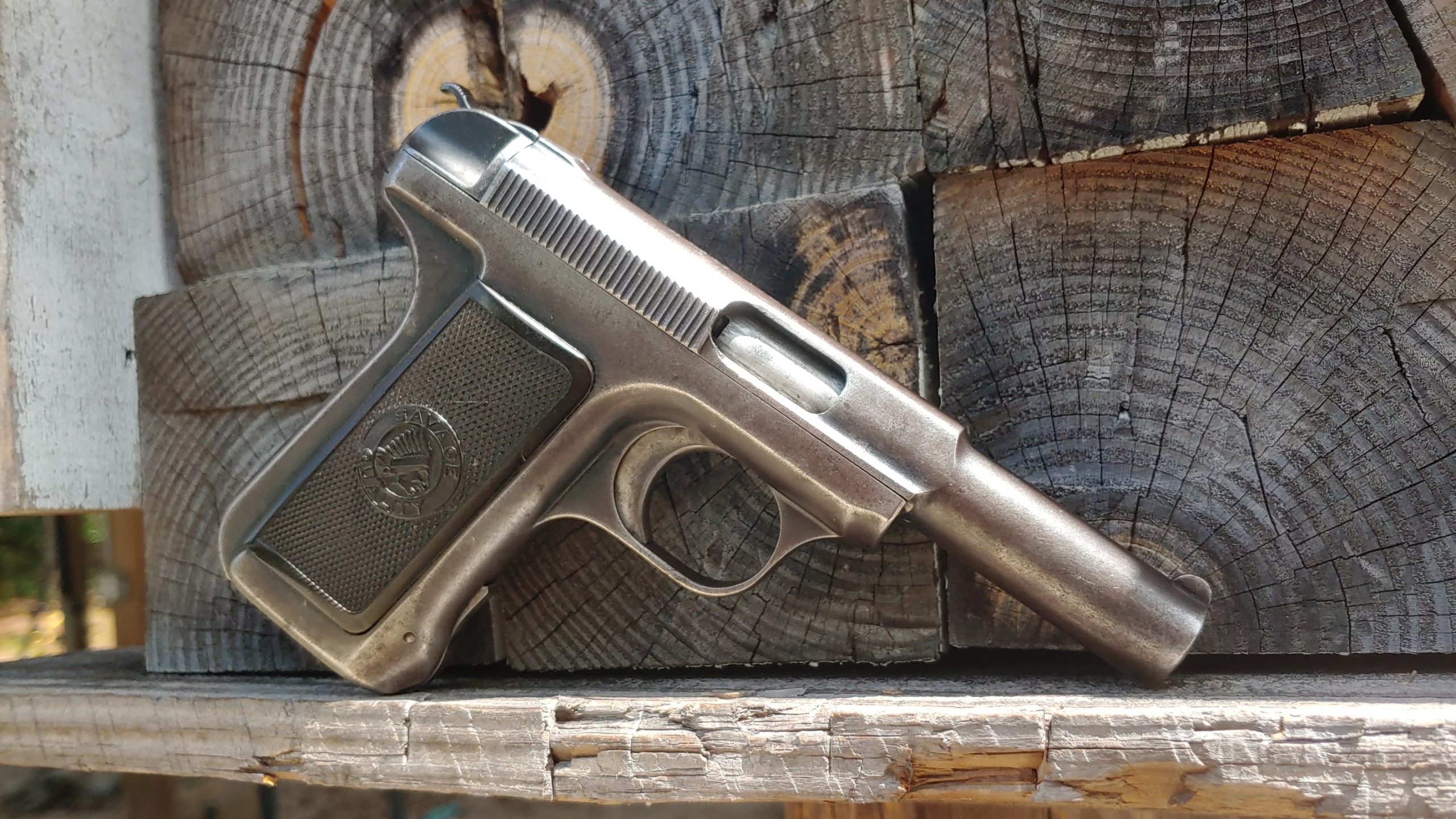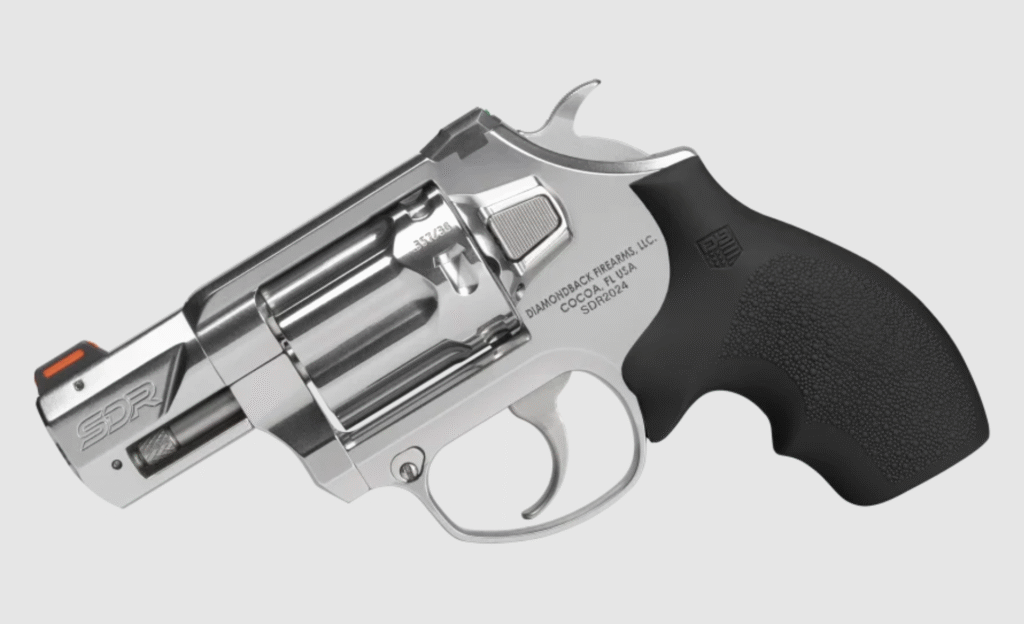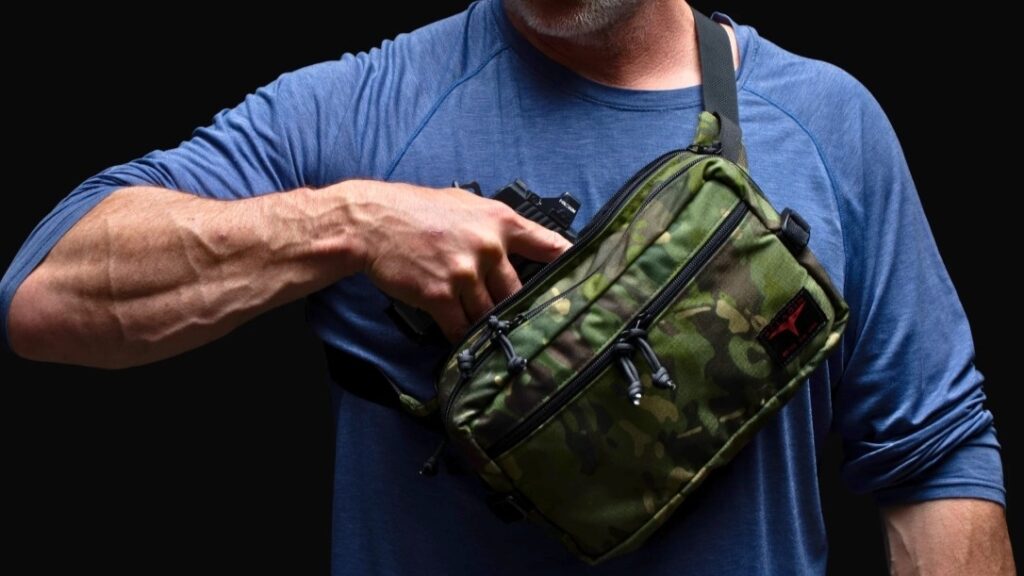Savage today is well-known for its popular line of budget-worth bolt-action rifles. These affordable rifles are often feature-filled and produced in nearly every common caliber you can imagine. Savage today has dabbled in AR-15s, handguns, and even shotguns. Savage of today is a solid company, but the Savage Arms of yesteryear was one of the most innovative companies of its era.
They put a focus on making firearms for the civilian market and excelling and innovating in that world. This led to numerous innovations that are often overlooked and ignored when discussing innovative firearms. Arthur Savage was a pioneer and a brilliant, forward-thinking inventor. He started Savage Arms in 1895 and released a number of innovative firearms and calibers.
Let’s dissect that forgotten innovation.
Advertisement — Continue Reading Below
The Savage Model 99
The Savage Model 1899 descended from the Savage 1895. The Model 99 quickly surpassed the 1895 and maintained its innovative design. The Savage 1899 used an innovative rotary magazine that allowed the weapon to utilize more aerodynamic Spitzer-type projectiles. Lever-action rifles of the era used tubular magazines, which prevented the safe usage of spitzer-style rounds.

The Model 99 offered a lever-action rifle designed for higher-powered smokeless powder cartridges that flew fast and hit hard. The Model 99 came in tons of different calibers during its nearly century-long run. This includes Savage’s own proprietary cartridges and modern options like .308. Heck, they even made a .410 bore model for a limited period of time.
Advertisement — Continue Reading Below
The little rifle had a number of unique features. My favorite is the integrated round counter that allows a quick and easy way to check your magazine capacity. The Savage 1899 was primarily used by civilian hunters, but the Montreal Home Guard adopted the rifle during WWI, which had a bayonet lug and full military-style stock.
Savage Model 1907
When the Army wanted a semi-auto handgun in .45 ACP, several competitors emerged. Savage entered their own pistol, but as we know, Colt’s design won and became the M1911. Savage scaled down the .45 ACP version to .32 ACP and .380 ACP and shrunk it to be a convenient concealed carry gun.
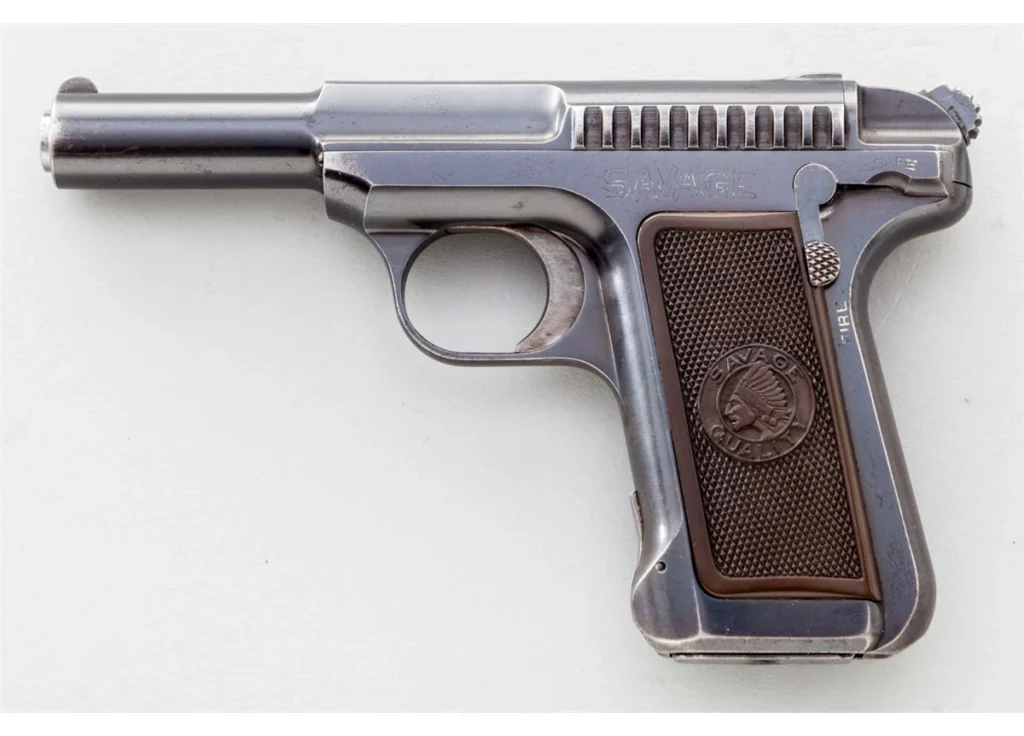
Advertisement — Continue Reading Below
The gun promised a locked breech, which was rare for the era, but the system was a delayed blowback at best. The Model 1907 was the O.G. of removable double-stack magazines and in .32 ACP held ten rounds. Much like the SIG P210 and the CZ-75, the Savage Model 1907 used an inverse slide rail system to lower the gun’s bore axis.
The Model 1907 was a single-action, striker-fired gun with an exposed striker cocking device. These guns were built for and advertised to civilian shooters looking for a modern (for the era) pocket pistol for personal defense. They even heavily advertised the gun to women. Savage’s little pistol saw adoption by the French during WWI and by the Portuguese military.
Savage Model 1920
By now, you’ve figured out that Savage likes to use the year as the model number. It’s tough to believe, but Savage was the first company to release a commercially available bolt-action sporting rifle. Military bolt actions were common, but sporting bolt actions didn’t exist. The Model 1920 changed that and released a purpose-built, lightweight sporting rifle.
Advertisement — Continue Reading Below
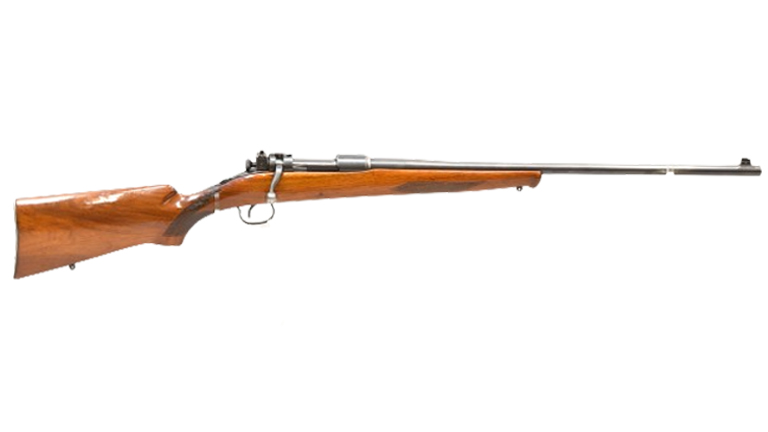
There was no need for a full military stock or bayonet lug. You didn’t need a heavy wood stock, and Savage was able to create a slim and trim bolt-action hunting rifle. Its portability was a big selling point for the gun, and it was often advertised as a mountain gun due to its lightweight design.
The Model 1920 used a Mauser-inspired action with some important refinements. They utilized a sliding tang-mounted safety and an L-shaped slot in the receiver that acted as a shoulder for the bolt handle. Sadly, the Savage Model 1920 wasn’t all that popular, and only 12,000 were produced.
Advertisement — Continue Reading Below
.250-3000 Savage
Now, let’s talk about the cartridges Savage developed. With the advent of smokeless powder and stronger guns, bullets got smaller and faster. Savage was the first company to produce a commercial rifle cartridge that was capable of exceeding 3,000 feet per second. A .25 caliber, 87-grain bullet could reach 3,000 feet per second.
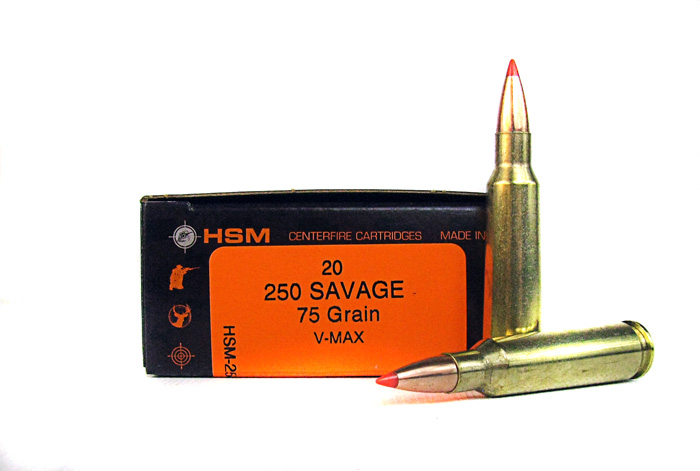
Other loads included a heavier, and slightly slower, 100-grain projectile. The .250-3000 Savage was a fairly popular round, but was limited due to its light projectiles. The round is good for varmints up into white-tail deer species. The .250-3000 Savage isn’t popular today, but rounds like the .250 Ackley owe their existence to the .250-3000 Savage.
Advertisement — Continue Reading Below
.300 Savage
The .300 Savage was designed as an improvement to the .250-3000. It was capable of handling larger game. The goal was to create a mini .30-06 that’s usable within 300 yards or so. The short 46.5mm case made it easy to chamber in rifles like the Model 1899. It would also become popular in semi-autos like the Remington Model 8.
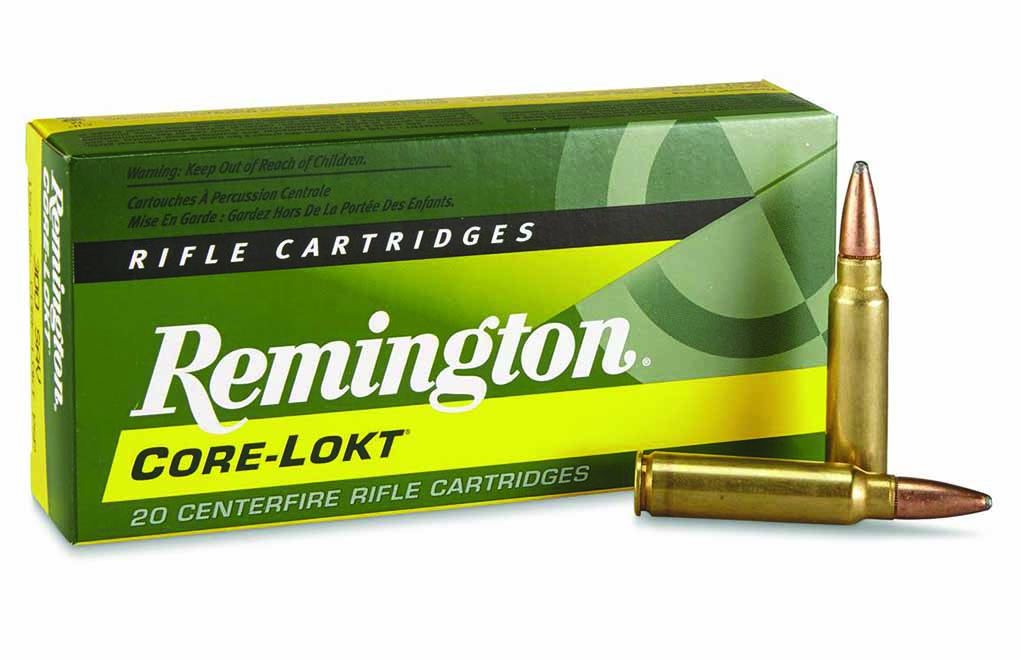
The .300 Savage predates most intermediate cartridges, but isn’t all that different than the 7.62x39mm and the .300 Blackout round. It provided a practical punch in a fairly short package. To this day, it’s still produced and is an excellent all-around cartridge.
Advertisement — Continue Reading Below
Savage Arms and Innovation
Savage Arms has a long history of producing awesome firearms and cartridges that pushed boundaries. They made some fascinating guns, and I think men like Arthur Savage and Charles Newton deserve credit for taking risks and making something new.
